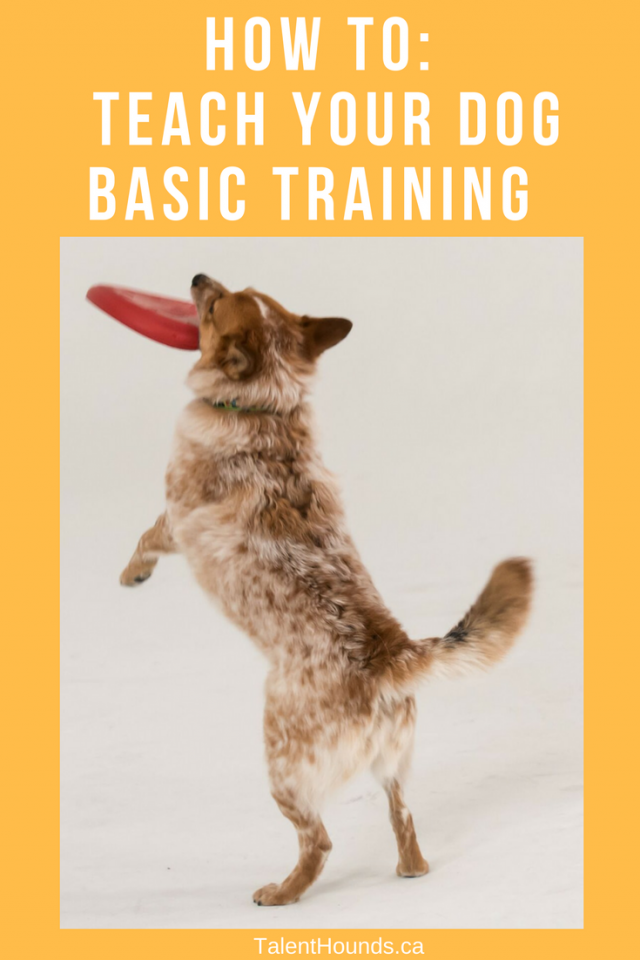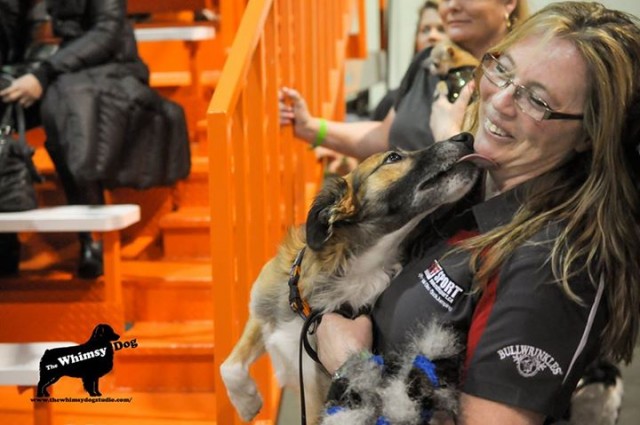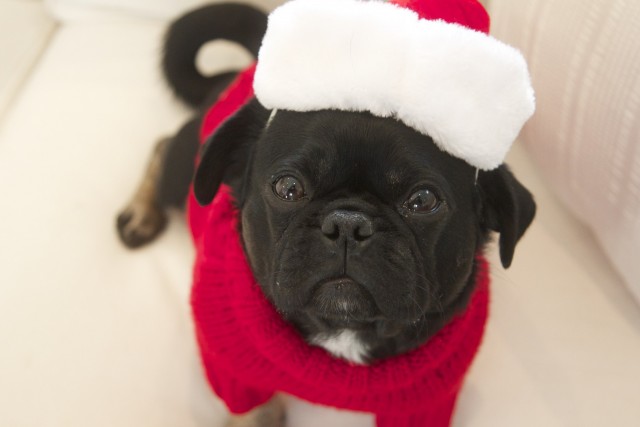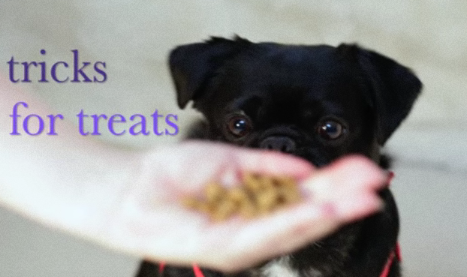Learning basic training with your dog

Heather McLeod, President / Owner of RuffSport gives us some great Positive Dog Basic Training Foundations Tips. Heather enjoys, competes in, performs and teaches multiple dog sports including Agility, Dock-Diving, and Disc. She knows that having a solid foundation is key.
I’ve been training Kilo the pug using positive reinforcement techniques. His “sit” and “stay” has become really strong and is helpful during our photoshoots.
Give your puppy the basics of dog training with Heather’s positive reinforcement training tips. Or brush up on your dog’s training foundations to have a stronger recall and more control. We thought it would be useful to revisit some tips we got from a trainer friend when we first started working on the Talent Hounds Documentary 3 years ago.

Positive Reinforcement and Rewards
Rewards may include:
- treats
- toys
- praise
- affection
- play or an activity your dog loves
Clickers and Marker Words
Heather uses a clicker or “yes” marker verbal cue at a precise moment to signal the correct behavior then rewards the dog immediately to reinforce it.
I use a verbal “yes” marker with Kilo the Pug. You can discourage bad behavior you do not want, simply by ignoring it and “fading it out”. Dogs are clever and usually want to please, so they will catch on if you make things clear- “ if I do this, I get that!”
Heather’s Foundations for Training
How To Train Your Dog To “Sit” On Command


Teaching Your Dog Commands Through Play

“It’s Yer Choice” – Control and Focus.


These are great tips! The “It’s Your Choice” game is especially good for impulse control.